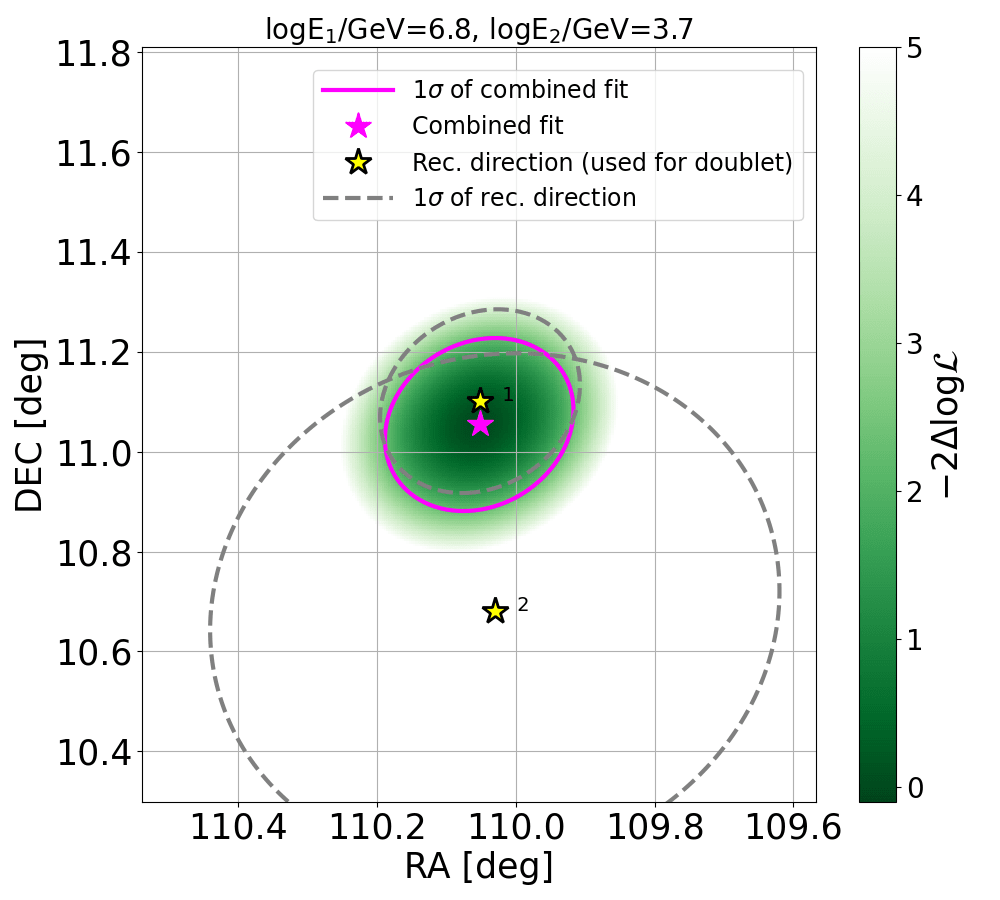Ever since high-energy astrophysical neutrinos were first observed in 2013, the IceCube Neutrino Observatory at the South Pole has continued searching for their elusive sources. Thus far, evidence of high-energy neutrino emission has been found from the blazar TXS 0506+056, the active galaxy NGC 1068, and most recently, the Milky Way. Still, neutrino emission from these sources alone do not account for the total astrophysical neutrino flux. As such, researchers are still on the hunt for more cosmic sources of astrophysical neutrinos.
Astrophysical phenomena that are transient—occurring temporarily—in a timescale of weeks to months have been proposed as viable neutrino sources. Examples include a certain class of supernovae, or explosions following the death of stars, and tidal disruption events (TDEs), where a star is torn up by a huge gravitational field inside a supermassive black hole. A search for clusters of neutrinos originating from the same direction over a long timescale can be a straightforward method for capturing these phenomena.
The IceCube Collaboration presents a method to search for neutrino “mutliplet” signals using over 11 years of IceCube data. No significant doublets or triplets were observed, but constraints were set on bright and rare astrophysical events. Their results are included in a paper accepted to The Astrophysical Journal.

The chance of finding this doublet was estimated to be one in every 29 years. Credit: IceCube Collaboration
To search for neutrino emission from long-timescale transients such as TDEs, the researchers adopted a 30-day time window for the analysis. Because the expected number of neutrinos from a single transient is small, they specifically searched for “doublet” (two coincidences) and “triplet” (three coincidences) signals. The search method was optimized for a small number of detections and focused on the northern sky where IceCube is most sensitive to neutrino sources.

“Multiplets are a well-suited signature to do multimessenger astronomy because the condition of multiple observations limits the distance of transient sources in a nearby universe,” says Nobuhiro Shimizu, an assistant professor at Chiba University in Japan and study lead. “This technique makes it easier for other telescopes to find a counterpart and provides the community with a new probe to search for neutrino origins!”
+ info “Search for neutrino doublets and triplets using 11.4 years of IceCube data,” IceCube Collaboration: R. Abbasi et al. Accepted to The Astrophysical Journal. arxiv.org/abs/2501.09276